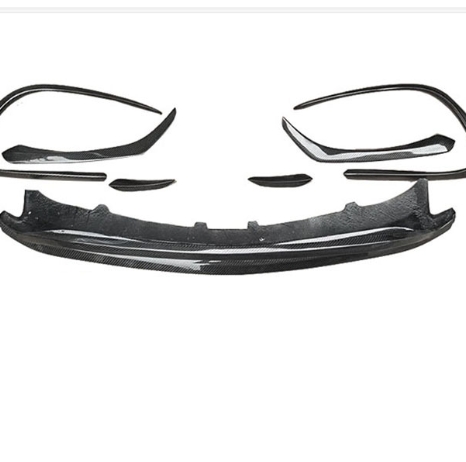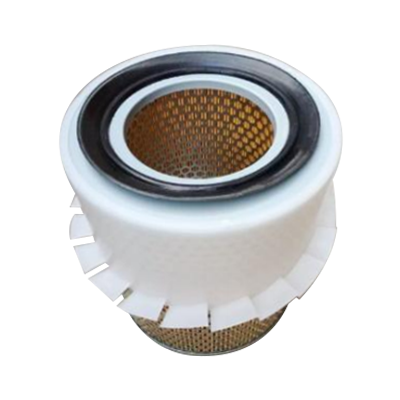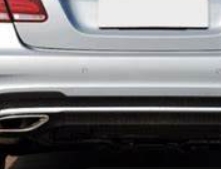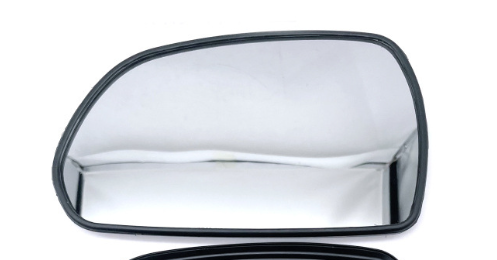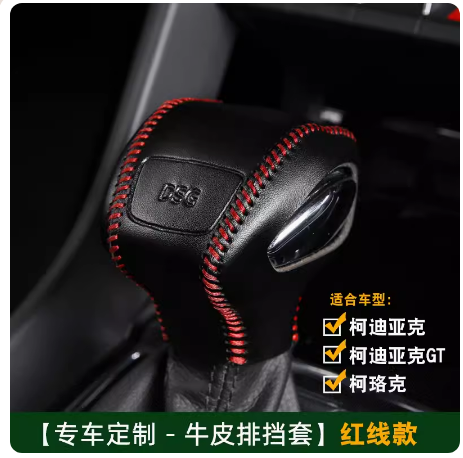Polyethylene terephthalate (PET), with the chemical formula (C 10 H 8 O 4 ) n , is made by ester exchange of dimethyl terephthalate and ethylene glycol or terephthalic acid and ethylene glycol. Esterification first synthesizes bishydroxyethyl terephthalate, and then carries out polycondensation reaction to obtain it. It is a crystalline saturated polyester . It is a milky white or light yellow, highly crystalline polymer with a smooth and shiny surface. It is a common resin in life and can be divided into APET , RPET and PETG .
It has excellent physical and mechanical properties in a wide temperature range. The operating temperature can reach 120°C. It has excellent electrical insulation. Even at high temperatures and high frequencies, its electrical properties are still good, but its corona resistance and creep resistance are poor. Denaturation, fatigue resistance, friction resistance and dimensional stability are all very good.

Introduction #
Polyethylene terephthalate is the most important variety of thermoplastic polyester , commonly known as polyester resin. It is produced by transesterifying dimethyl terephthalate and ethylene glycol or by esterifying terephthalic acid and ethylene glycol to synthesize bishydroxyethyl terephthalate, and then performing a polycondensation reaction. Together with PBT , they are collectively called thermoplastic polyester , or saturated polyester .
In 1946, the United Kingdom issued the first patent for preparing PET. In 1949, the British ICI Company completed a pilot test. However, after the American DuPont Company purchased the patent, it established a production device in 1953, becoming the first in the world to achieve industrial production. In the early days, PET was almost always used for synthetic fibers (commonly known as polyester and really good in China). Since the 1980s, PET has made breakthrough developments as an engineering plastic, and nucleating agents and crystallization accelerators have been developed successively. Currently, PET, together with PBT, is a thermoplastic polyester and has become one of the five major engineering plastics.
PET is divided into fiber-grade polyester chips and non-fiber-grade polyester chips. ① Fiber-grade polyester is used to make polyester short fiber and polyester filament, and is the raw material supplied to polyester fiber companies for processing fibers and related products. Polyester is the most produced variety of chemical fibers. ② Non-fiber grade polyester is also used in bottles, films, etc., and is widely used in the packaging industry, electronic appliances, medical and health, construction, automobiles and other fields. Among them, packaging is the largest non-fiber application market for polyester, and it is also the fastest growing market for PET. Fast field.
It is widely used as fiber, and engineering plastic resin can be divided into two categories: non-engineering plastic grade and engineering plastic grade. Non-engineering plastic grade is mainly used for bottles, films, sheets, bakery-resistant food containers, etc.
PET is a milky white or light yellow, highly crystalline polymer with a smooth and shiny surface. It has excellent physical and mechanical properties in a wide temperature range. The operating temperature can reach 120°C. It has excellent electrical insulation. Even at high temperatures and high frequencies, its electrical properties are still good, but its corona resistance and creep resistance are poor. Denaturation, fatigue resistance, friction resistance and dimensional stability are all very good. PET has ester bonds, which will decompose under the action of strong acid, strong alkali and water vapor. It is resistant to organic solvents and has good weather resistance. The disadvantages are slow crystallization rate, difficult molding and processing, high molding temperature, long production cycle, and poor impact performance. Generally, its processability and physical properties are improved through methods such as reinforcement, filling, and blending. Glass fiber reinforcement has a significant effect and improves the resin’s rigidity, heat resistance, chemical resistance, electrical properties, and weather resistance. However, the disadvantage of slow crystallization speed still needs to be improved, and methods such as adding nucleating agents and crystallization accelerators can be adopted. Adding flame retardants and anti-flame dripping agents can improve the flame retardancy and self-extinguishing properties of PET.
advantage #
1. It has good mechanical properties, the impact strength is 3 to 5 times that of other films, and it has good folding resistance.
2. Resistant to oil, fat, dilute acid, dilute alkali, and most solvents.
3. It can be used in the temperature range of 55-60℃ for a long time, and can withstand high temperatures of 65℃ and low temperatures of -70℃ for short-term use, and has little impact on its mechanical properties at high and low temperatures.
4. The permeability of gas and water vapor is low, and it has excellent gas, water, oil and odor barrier properties.
5. High transparency, can block ultraviolet rays, and has good gloss.
6. Non-toxic, tasteless, hygienic and safe, and can be directly used in food packaging.
performance #
PET is a milky white or light yellow highly crystalline polymer with a smooth and shiny surface. It has good creep resistance, fatigue resistance, friction resistance and dimensional stability, low wear and high hardness, and has the greatest toughness among thermoplastics: good electrical insulation properties, little affected by temperature, but poor corona resistance. Non-toxic, weather-resistant, chemical-resistant, low water absorption, resistant to weak acids and organic solvents, but not resistant to hot water immersion or alkali.
The glass transition temperature of PET resin is high, the crystallization speed is slow, the molding cycle is long, the molding shrinkage is large, the dimensional stability is poor, the crystallized molding is brittle, and the heat resistance is low.
Through the improvement of nucleating agent, crystallizing agent and glass fiber reinforcement, PET has the following characteristics in addition to the properties of PBT.
1. Thermal deformation temperature and long-term use temperature are the highest among thermoplastic general engineering plastics.
2. Because of its high heat resistance, reinforced PET will hardly deform or discolor when immersed in a solder bath at 250°C for 10 seconds. It is especially suitable for preparing soldered electronic and electrical parts.
3. The bending strength is 200MPa, the elastic modulus reaches 4000MPa, the creep and fatigue resistance are also very good, the surface hardness is high, and the mechanical properties are similar to thermosetting plastics.
4. Since the price of ethylene glycol used in the production of PET is almost half that of the butylene glycol used in the production of PBT , PET resin and reinforced PET are the lowest prices among engineering plastics and have a high cost performance.
In order to improve the performance of PET, PET can be alloyed with PC, elastomer, PBT, PS, ABS, and PA .
PET (reinforced PET) is mainly processed by injection molding. Other methods include extrusion, blow molding, coating and welding, sealing, machining, vacuum coating and other secondary processing methods. It must be fully dried before molding.
Polyethylene terephthalate is synthesized by ester exchange of dimethyl terephthalate and ethylene glycol or esterification of terephthalic acid and ethylene glycol, and then synthesizes bishydroxyethyl terephthalate. Produced by polycondensation reaction. It is a crystalline saturated polyester with an average molecular weight of (2-3)×10 4 and a ratio of weight average to number average molecular weight of 1.5-1.8. The glass transition temperature is 80℃, the heat resistance of Martin is 80℃, the heat distortion temperature is 98℃ (1.82MPa), and the decomposition temperature is 353℃. It has excellent mechanical properties, high rigidity, high hardness, low water absorption and good dimensional stability. Good toughness, impact resistance, friction resistance and creep resistance. Good chemical resistance, soluble in cresol, concentrated sulfuric acid , nitrobenzene , trichloroacetic acid, chlorophenol, insoluble in methanol , ethanol , acetone , and alkanes . The operating temperature is -100~120℃, and the bending strength is 148-310MPa.
use #
In the classification of plastics, the code name of PET is No. 1, which has a wide range of functions:
The main applications include: electrical sockets, electronic connectors, rice cooker handles, TV bias yoke, terminal blocks, breaker housings, switches, motor fan housings, instrument mechanical parts, money counting machine parts, electric irons, induction cooktops, etc. Furnace accessories; flow control valves, carburetor covers, window controls, pedal transmissions, switchboard covers in the automotive industry; gears, blades, pulleys, pump parts in the mechanical industry, as well as wheelchair bodies and wheels, and lampshades. Housings, luminaire housings, drain connectors, zippers, clock parts, sprayer parts.
in addition:
Can be spun into polyester fiber, or polyester.
It can be made into films for substrates, insulating films, product packaging, etc. for audio, video, and film films.
As plastic, it can be blown into various bottles, such as Coke bottles, mineral water bottles, etc.
Can be used as electrical components, bearings, gears, etc.
processing method #
Polyester polyester is formed by the polycondensation of terephthalic acid and ethylene glycol, following the general law of linear polycondensation. In the production of polyester and polyester, two synthetic technologies, transesterification method and direct esterification method, have been developed.
(1) Transesterification method or indirect esterification method
This is a traditional production method, which consists of three steps: methyl esterification, transesterification, and final polycondensation. The purpose of methyl esterification is to facilitate the refining and purification of dimethyl terephthalate.
①Methyl esterification: terephthalic acid reacts with a slight excess of methanol and is first esterified into dimethyl terephthalate. Steam off water, excess methanol, methyl benzoate and other low-boiling substances, and then undergo rectification to obtain pure dimethyl terephthalate.
② Transesterification: At 190~200℃, using cadmium acetate and antimony trioxide as catalysts, dimethyl terephthalate and ethylene glycol (molar ratio of about 1:2.4) are transesterified to form polyester oligomers things. Methanol is distilled off to ensure sufficient transesterification.
③Final polycondensation: At a temperature higher than the melting point of polyester, such as 283°C, antimony trioxide is used as a catalyst to make ethylene terephthalate self-polycondensate or transesterify. Under reduced pressure and high temperature, the by-product ethylene glycol is continuously distilled off. alcohol, gradually increasing the degree of polymerization.
In the methyl esterification and transesterification stages, equal group ratios are not considered. In the final polycondensation stage, according to the distillation amount of ethylene glycol, the ratio of the number of the two groups is naturally adjusted, gradually approaching the amount of equal substances, slightly excess ethylene glycol, blocking both ends of the molecule, and reaching the predetermined degree of polymerization.
(2) Direct esterification method
After the terephthalic acid purification technology is solved, this is the preferred economic method. Terephthalic acid and excess ethylene glycol are first esterified at 200°C to form polyethylene terephthalate with a low degree of polymerization (such as For polyester products ( n =100~200), this step is the same as the indirect esterification method.
As the degree of polycondensation reaction increases, the viscosity of the system increases. In terms of engineering, it is more advantageous to carry out the polycondensation in two reactors in stages. Pre-polycondensation in the front stage: 270℃, 2000~3300Pa. Final polycondensation in the latter stage: 280~285℃, 60~130Pa.
Forming processing #
PET molding processing can be injection molding, extrusion, blow molding, coating, bonding, machining, electroplating, vacuum metal plating, and printing. The following mainly introduces two types.
1. Injection molding grade: ① Temperature setting: Nozzle: 280~295℃, front section 270~275℃, middle forging 265~275℃, rear section 250-270℃; screw speed 50~100 rpm, mold temperature 30~85℃, amorphous mold is below 70℃, back pressure is 5-15KG. ② Try the dehumidification dryer, the material tube temperature is 240~280℃, the injection molding temperature is 260~280℃, the drying temperature is 120~140℃, and the required time is 2~5 hours.
2. Film grade: First, pre-dry the PET resin slices to prevent hydrolysis, and then extrude amorphous thick slices through a T-shaped die in an extruder at 280°C, and then quench through a cooling drum or coolant to make them Remain amorphous to allow for stretch orientation. The thick sheet is then biaxially stretched by a tenter machine to become a PET film. Longitudinal stretching is to preheat the thick sheet to 86~87℃, and stretch it about 3 times along the plane extension direction of the thick sheet at this temperature, so that its orientation can increase the crystallinity and reach a higher temperature: transverse stretching preheating temperature 98~100℃, stretching temperature 100~120℃, stretch ratio 2.5~4.0, heat setting temperature 230~240℃. The film that is stretched vertically and horizontally needs to be heat-set to eliminate the film deformation caused by stretching and make a film with good thermal stability.







